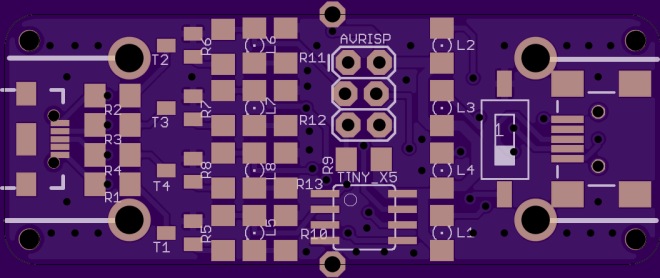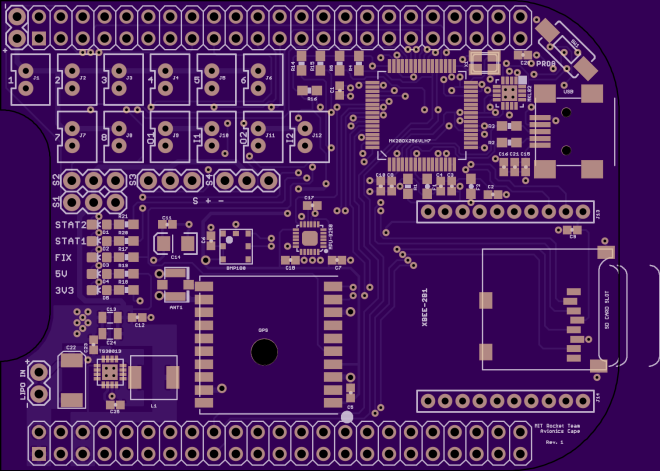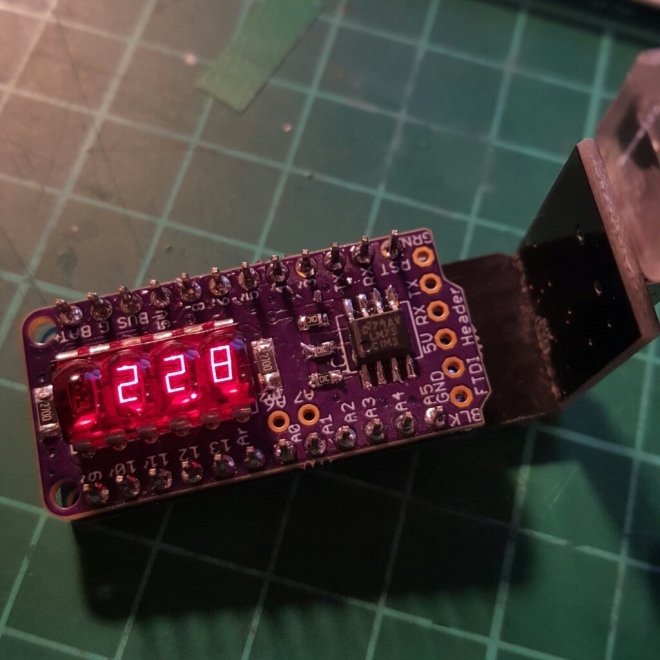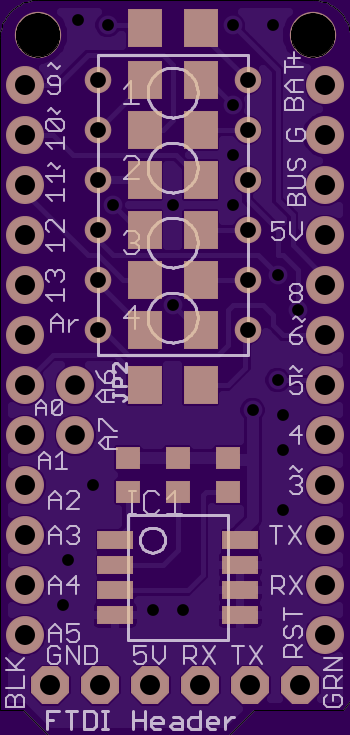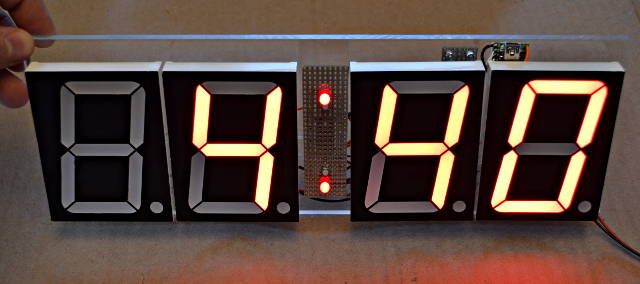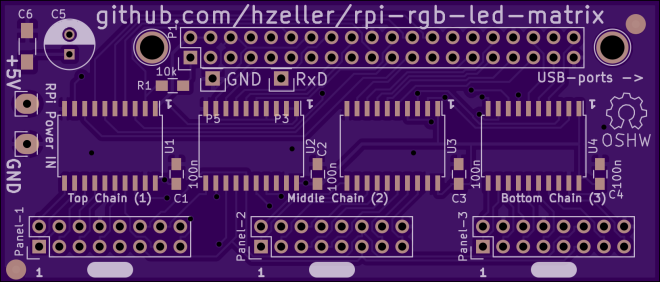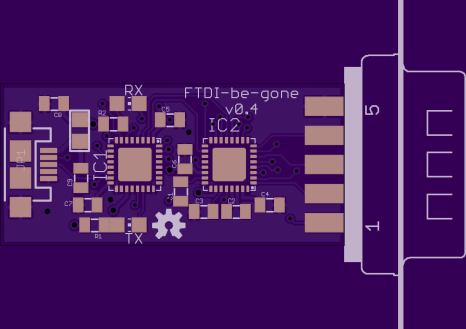Michael O’Brien created this project to monitor automotive performance:
Hackaday.io: D-DAQ
D-DAQ Mainboard Proto 4
Michael wrote about his experiments with plated slots in his hackaday.io project log:
OSH Park Manufacturing
NOTE: Internal Cutouts and Slots
We officially support non-plated slots and cutouts that are at least 100 mil wide (0.1inches / 2.54mm).
Whenever possible in your designs, we advise replacing small or plated slots with a large via. Typically, setting the hole size equal to the slot length is sufficient to fully replace the feature with minimal design impact.

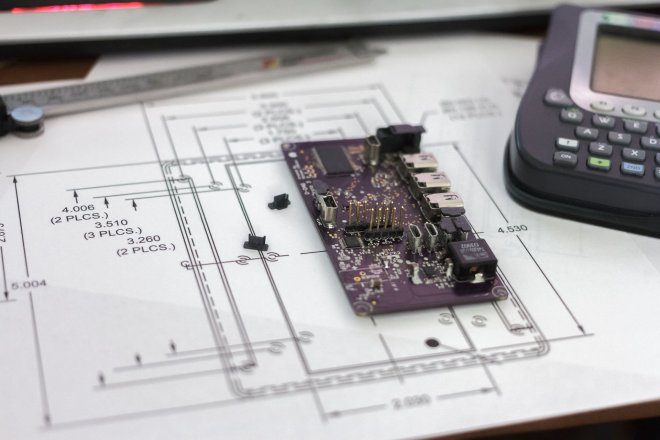
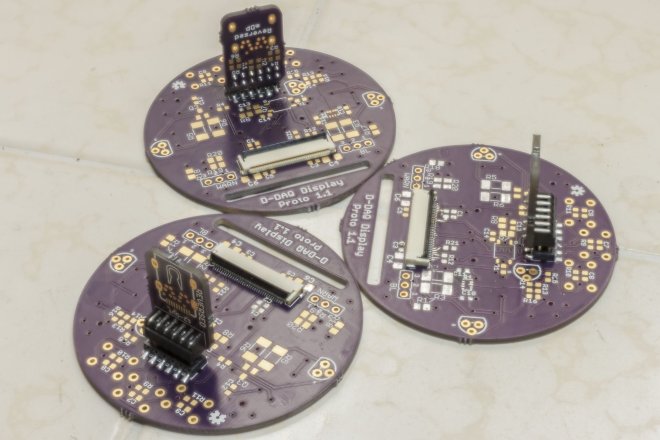


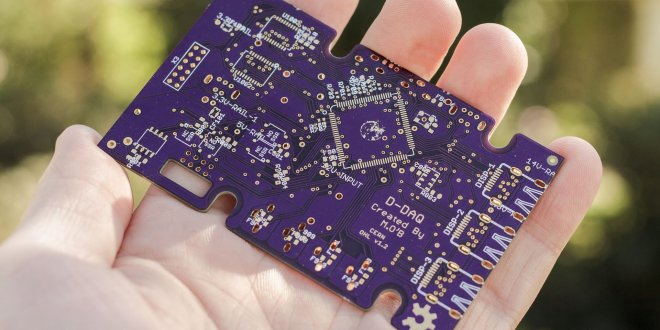
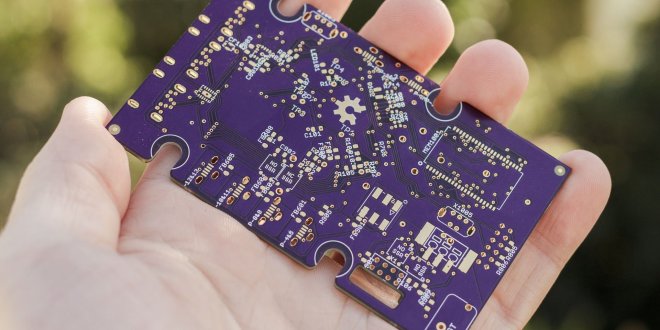




 davedarko
davedarko